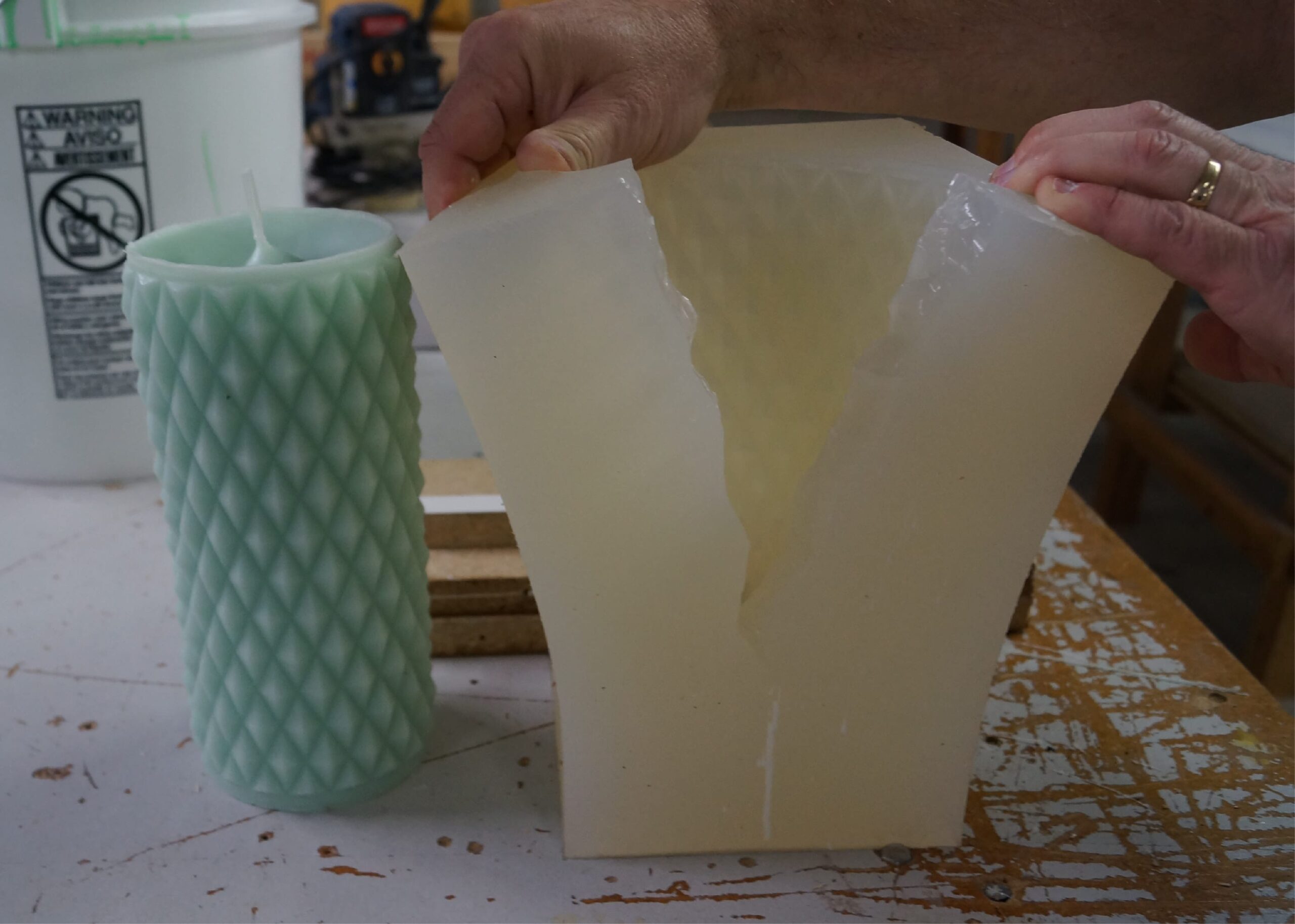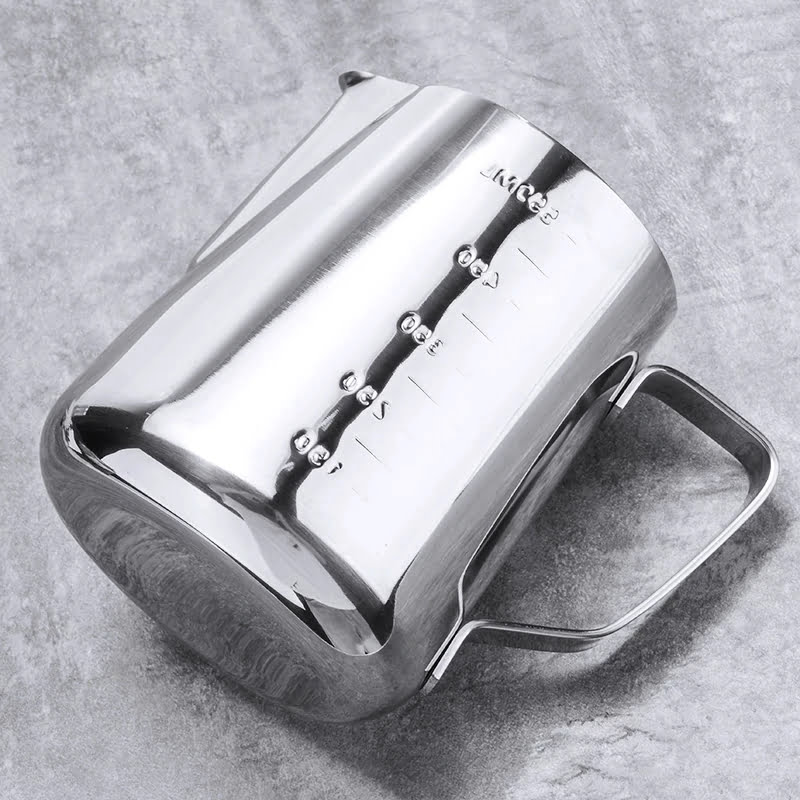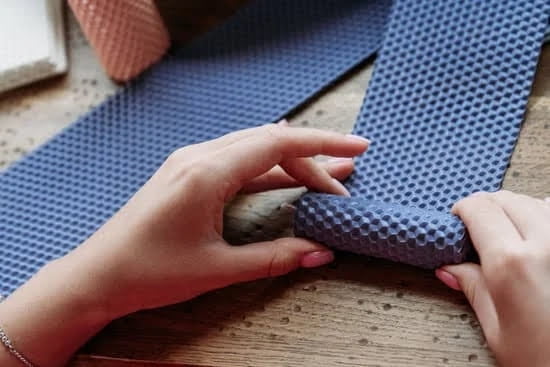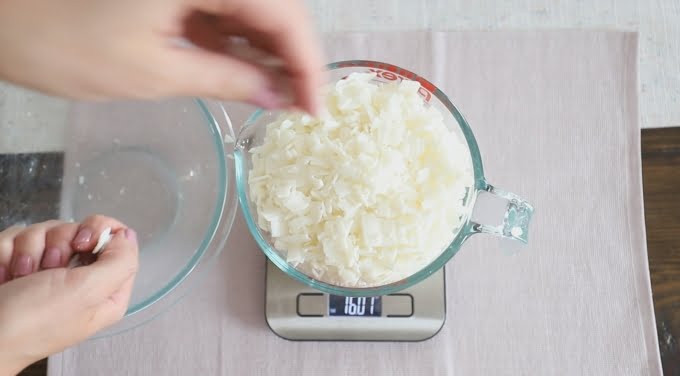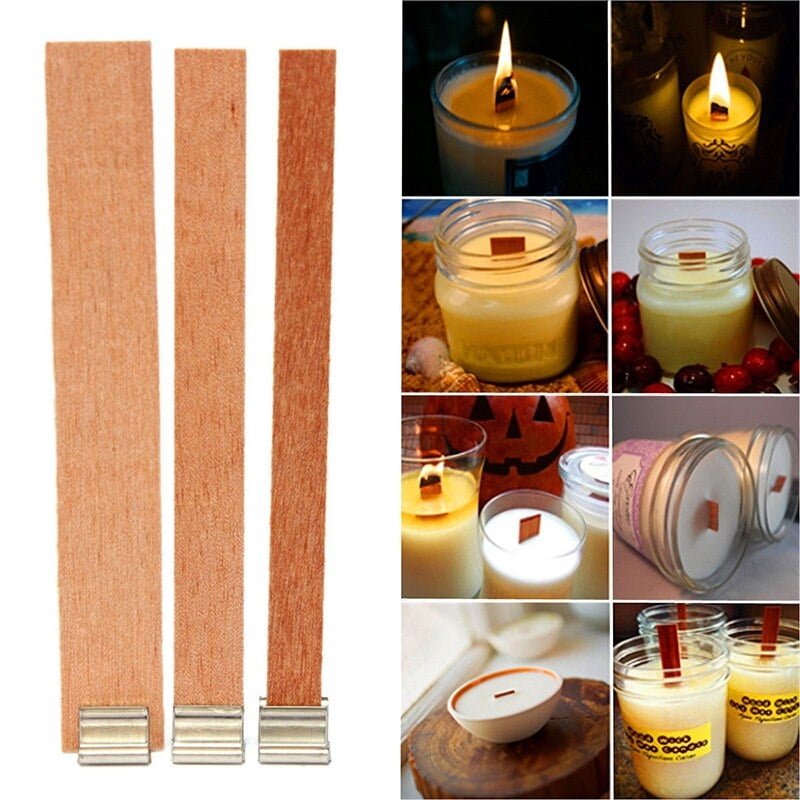Are you looking for a new and creative hobby to explore? Candle and soap making may just be the perfect craft for you. This article delves into the art and science of candle and soap making, offering insights into their history, techniques, materials, safety precautions, and even tips on marketing your homemade products.
Candle making has been around for centuries, with its origins dating back to ancient civilizations using tallow or beeswax to create light sources. Soap making also has a rich history, with evidence of soap production dating back to 2800 BC in ancient Babylon. Both crafts have evolved over time, incorporating new materials and techniques to create an array of beautiful and fragrant products.
Whether you’re a beginner or experienced crafter, there’s always something new to learn about the art of candle and soap making. From essential tools and materials to different techniques, this article will guide you through the process of creating your own homemade candles and soaps. Get ready to immerse yourself in the world of scent blending and color mixing as we explore the joy and satisfaction of crafting these delightful products.
The History and Origins of Candle Making
Candle making has been around for thousands of years, with the earliest known candles dating back to ancient Egypt, where they were made from tallow or beeswax. These early candles provided light and heat, and were also used in religious ceremonies. The ancient Romans are also known to have used candles, with evidence of candles made from tallow being found at archaeological sites.
Over time, the art of candle making evolved, with different materials being used to create candles. In the Middle Ages, candle making became a popular craft in Europe, with a variety of waxes such as spermaceti wax and paraffin wax being used. The invention of the cotton wick in the 19th century revolutionized candle making, leading to the production of more uniform and longer-lasting candles.
Today, candle making has become a popular hobby and even a small business for many people. With a wide range of waxes, fragrances, colors, and molds available, enthusiasts can create unique and personalized candles. Whether it’s traditional hand-dipped taper candles or modern soy wax container candles, there’s a style of candle making that appeals to everyone.
| History | Details |
|---|---|
| Ancient Egypt | Earliest known candles made from tallow or beeswax |
| Middle Ages | Candle making became popular craft in Europe |
| 19th Century | Invention of cotton wick revolutionized candle making |
The Art and Science of Soap Making
The Chemistry Behind Soap Making
At its core, soap making is a chemical process known as saponification. During saponification, the fats or oils are hydrolyzed by the alkali, resulting in the formation of glycerin and fatty acid salts – which are what we know as soap. This process requires careful measurement and precise temperature control to ensure that the ingredients react properly and that no excess lye remains in the finished product.
The Art of Crafting Unique Soaps
In addition to mastering the scientific aspects of soap making, artisans also bring their creativity to the craft by experimenting with different oils, fragrances, colors, and additives. Different combinations of these elements can produce soaps with varying levels of cleansing power, moisturizing properties, and aesthetic appeal. Soap makers often take pride in creating unique blends that cater to individual preferences for scent, texture, and skin care benefits.
Aspiring soap makers can enjoy exploring both the artistic and scientific sides of this craft by learning about traditional techniques as well as modern innovations in ingredient selection and production methods. The joy comes not only from using handmade soaps but also from being able to share these creations with others who appreciate high-quality skincare products.
Essential Materials and Tools for Candle Making
When it comes to candle making, having the essential materials and tools is crucial for creating high-quality and beautiful candles. Whether you are a beginner or an experienced candle maker, having the right supplies can make the process more enjoyable and efficient.
Materials
The first essential material for candle making is wax. There are various types of wax to choose from, including paraffin, soy, beeswax, and palm wax. Each type of wax has its own unique characteristics and properties, so it’s important to choose the one that best suits your needs and preferences.
You will also need wicks, which come in different sizes and materials such as cotton, wood, or zinc. Additionally, fragrance oils and color dyes are essential for adding scent and color to your candles.
Tools
In terms of tools, a double boiler or a dedicated wax melting pot is necessary for melting the wax safely and evenly. A thermometer is also important for monitoring the temperature of the melted wax to ensure it doesn’t overheat. Other tools include a heat-resistant container for mixing the wax with fragrance oils and dyes, molds or containers for shaping the candles, and a wick holder to keep the wick centered while the wax cools and solidifies.
It’s also important to have proper ventilation in your workspace when making candles as well as protective gear such as gloves and safety goggles to prevent any accidents or injuries during the process. By having all these essential materials and tools on hand, you can enjoy a smooth candle making experience while creating beautiful candles to enjoy or share with others.
Safety Precautions and Tips for Candle and Soap Making
When it comes to candle and soap making, safety should be a top priority. Here are some essential tips and precautions to keep in mind while engaging in these creative and fulfilling activities:
1. Use the correct tools and equipment: When making candles and soaps, it’s important to use the right tools and equipment to prevent accidents. This includes heat-resistant containers, proper stirring utensils, and accurate measuring tools.
2. Work in a well-ventilated area: Both candle and soap making involve the use of strong fragrances and chemicals. It’s crucial to work in a well-ventilated space to avoid inhaling fumes that may cause headaches or dizziness.
3. Practice fire safety: Since both activities involve working with heat sources, such as stoves or hot wax, it’s important to have a fire extinguisher nearby. Never leave melting candles or soaps unattended, and always keep flammable materials away from open flames.
4. Protect your skin: When working with lye for soap making or hot wax for candle making, it’s essential to wear protective gear such as gloves and long sleeves to prevent burns or irritation.
5. Keep ingredients out of reach: If you have children or pets in your home, make sure to store all your candle and soap making ingredients out of their reach. Some materials can be harmful if ingested or touched.
By following these safety precautions and tips, candle and soap making can be an enjoyable and rewarding hobby for anyone interested in creating their own homemade products. Always prioritize safety when pursuing these creative ventures.
Different Candle and Soap Making Techniques
Candle and soap making are intricate processes that require specific techniques for successful results. From choosing the right materials to mastering the art of mixing fragrances, there are various methods and techniques involved in creating beautiful homemade candles and soaps. Here are some different candle and soap making techniques that you can explore:
- Heat and Pour Technique: This technique involves melting pre-made candle wax or soap base, adding colorants, fragrances, and other additives, then pouring the mixture into molds to cool and solidify.
- Cold Process Soap Making: Cold process soap making involves mixing oils and lye solution to create a chemical reaction known as saponification. This method requires careful measurement of ingredients and knowledge of proper handling of lye.
- Container Candle Making: For container candles, the technique involves placing wick sustainers at the bottom of containers, securing the wick in place, and then pouring melted wax into the container to form the candle.
In addition to these techniques, there are also advanced methods such as using melt-and-pour soap bases for intricate designs, incorporating different layers or colors in candles, and creating unique shapes using silicone molds.
Mastering these techniques requires practice, patience, and a good understanding of how different materials behave during the candle and soap making process. Each technique offers its own set of challenges and rewards, allowing crafters to experiment with new ideas while honing their skills in this creative hobby or business venture.
Whether you’re a beginner or an experienced crafter, trying out different candle and soap making techniques can open up a world of possibilities for creating personalized gifts or products for sale.
Choosing the Right Fragrances and Colors for Candles and Soaps
When it comes to candle and soap making, choosing the right fragrances and colors is a crucial step in creating the perfect product. The right combination of scents and colors can enhance the overall appeal of your candles and soaps, making them more attractive to potential customers.
For candles, there is a wide variety of fragrance oils available, ranging from floral and fruity scents to more exotic or seasonal ones. It’s important to consider your target market and the intended use of the candles when selecting fragrances. For example, calming scents like lavender or chamomile are great for relaxation, while citrus or herbal scents are refreshing and invigorating.
Similarly, when it comes to soap making, the choice of colors and fragrances can greatly influence the overall appeal of the product. Natural pigments like turmeric for yellow or spirulina for green can be used to color soaps without using synthetic dyes. As for fragrances, essential oils such as lavender, tea tree, or peppermint are popular choices for their therapeutic properties.
In addition to enhancing the aesthetic appeal of your products, selecting the right fragrances and colors also involves understanding how different scents interact with each other and considering any potential allergies or sensitivities that customers may have. Taking all these factors into account will help you create unique and appealing candles and soaps that stand out in a competitive market.
| Products | Fragrance Oils | Natural Colors |
|---|---|---|
| Candles | Wide variety available including floral, fruity, exotic or seasonal scents. | N/A |
| Soaps | Essential oils such as lavender, tea tree or peppermint. | Natural pigments like turmeric (yellow) or spirulina (green). |
Marketing and Selling Your Homemade Candles and Soaps
Once you have perfected your candle and soap making techniques, you may want to consider selling your homemade creations. The first step in marketing your products is to identify your target market. Consider who would be interested in purchasing handmade candles and soaps, such as environmentally conscious consumers, individuals who appreciate unique scents and designs, or those looking for natural skincare products.
Next, create a brand for your products. This can include designing a logo, packaging, and labels that represent the aesthetic of your candles and soaps. Establishing a strong brand identity will help set your products apart from others on the market.
You can also use social media platforms to showcase your products and engage with potential customers. Building an online presence through platforms like Instagram or Facebook can help you reach a wider audience and generate interest in your handmade items.
When it comes to selling your homemade candles and soaps, there are several options to consider. You may choose to sell them at local craft fairs, farmers’ markets, or flea markets. Another option is to create an online store through websites like Etsy or Shopify.
These platforms provide a convenient way for customers to browse and purchase your products from the comfort of their own homes. Additionally, you may want to explore wholesale opportunities by reaching out to local boutiques or gift shops that align with your brand’s aesthetic.
Overall, marketing and selling homemade candles and soaps can be a rewarding experience that allows you to share your passion with others while generating income from your craft. By identifying your target market, establishing a strong brand presence, and exploring various sales channels, you can effectively promote and sell your handmade creations within the candle and soap making community.
Conclusion
In conclusion, the art of candle and soap making is not only a timeless craft with a rich history, but also a deeply satisfying and rewarding hobby or business venture. Whether you are drawn to the historical significance of candle making or the scientific intricacies of soap making, there is something uniquely joyful about creating your own handcrafted candles and soaps.
The process allows for endless creativity and personalization, from choosing the perfect fragrance and color to experimenting with different techniques to achieve your desired results.
Furthermore, there is immense satisfaction in knowing that the products you create are free from harmful chemicals and additives often found in commercially produced candles and soaps. By using natural ingredients and essential oils, homemade candles and soaps can be gentle on the skin, environmentally friendly, and overall healthier options for personal use. This commitment to natural materials not only benefits the consumer but also adds to the sense of fulfillment in the maker.
Lastly, for those interested in turning their hobby into a small business venture, there is great potential for success in selling homemade candles and soaps. With careful marketing strategies such as showcasing at local fairs or farmers’ markets, establishing an online presence through social media platforms, or even collaborating with local retailers, there are numerous ways to share your creations with others while also turning a profit.
Ultimately, whether for personal enjoyment or entrepreneurial pursuits, the joy that comes from candle and soap making is immeasurable.
Frequently Asked Questions
Is a Candle and Soap Business Profitable?
A candle and soap business can be profitable if done right. It requires a good understanding of the market, high-quality products, and effective marketing strategies to attract customers and generate sales.
What Do You Call Someone Who Makes Soap and Candles?
Someone who makes soap and candles can be called a chandler or a soap maker. These individuals have the skills to craft these products using various techniques and ingredients, often creating unique and artisanal items.
Can I Make Soap Into a Candle?
It is not possible to directly turn soap into a candle. The composition of soap is different from that of a candle, as the latter requires specific waxes and additives for proper burning. However, both soap making and candle making involve similar skills and materials.

Welcome to my candle making blog! In this blog, I will be sharing my tips and tricks for making candles. I will also be sharing some of my favorite recipes.

